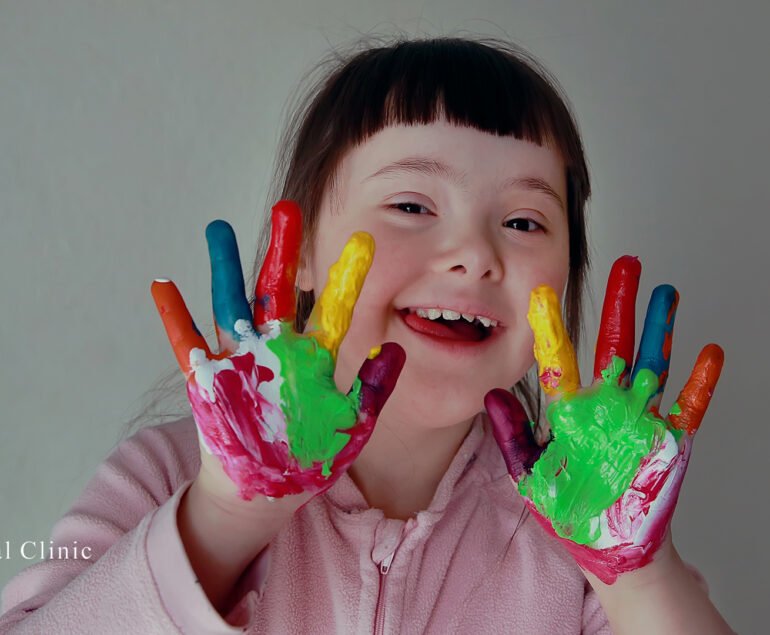First Aid for Sunstroke and Home Precautions
Sunstroke, also known as heatstroke, is a serious condition that results from prolonged exposure to high temperatures, often in combination with dehydration, leading to the body’s inability to regulate its temperature. Recognising and promptly responding to sunstroke can prevent severe health consequences. Here are detailed first aid measures and home precautions to manage and prevent sunstroke.
Recognising Sunstroke
Understanding the symptoms of sunstroke is crucial for timely intervention. Common signs include:
- High body temperature: Core body temperature of 40°C (104°F) or higher.
- Altered mental state or behaviour: Confusion, agitation, slurred speech, irritability, or seizures.
- Nausea and vomiting: Often accompanied by a throbbing headache.
- Flushed skin: The skin may turn red as the body temperature increases.
- Rapid breathing and heart rate: Hyperventilation and a racing pulse are common.
- Lack of sweating: Despite the heat, the skin may feel dry.
First Aid Measures
Move to a cooler environment: Immediately relocate the affected person to a shaded or air-conditioned area.
Call emergency services: Sunstroke is a medical emergency. Dial emergency services for assistance.
Cool the person down: Use whatever means available to lower the person’s body temperature:
- Immerse in cool water: If possible, immerse the person in a bath of cool (not cold) water.
- Use wet cloths or ice packs: Apply wet cloths to the skin or place ice packs on the armpits, neck, and groin. These areas have blood vessels close to the skin, helping cool the blood more effectively.
- Fan and mist: Use a fan to blow cool air on the person while misting their skin with water.
Hydrate: If the person is conscious and able to drink, provide cool (not cold) water. Avoid caffeine or alcohol, which can worsen dehydration.
Monitor continuously: Keep a close watch on the person’s condition until emergency medical personnel arrive. Be prepared to perform CPR if necessary.
Home Precautions to Prevent Sunstroke
Prevention is always better than cure. Here are some effective measures to prevent sunstroke:
Stay Hydrated:
- Drink plenty of fluids, even if you do not feel thirsty. Water is best, but sports drinks can help replace salts and minerals lost through sweating.
Avoid Peak Sun Hours:
- Stay indoors or in the shade during the hottest parts of the day, typically between 10 a.m. and 4 p.m.
Wear Appropriate Clothing:
- Opt for lightweight, loose-fitting, and light-coloured clothing. A wide-brimmed hat and sunglasses can also provide additional protection.
Use Sunscreen:
- Apply a broad-spectrum sunscreen with at least SPF 30. Reapply every two hours, or more often if sweating or swimming.
Gradual Acclimatisation:
- If you are not used to high temperatures, gradually increase the amount of time you spend outdoors to allow your body to acclimate.
Cool Living Spaces:
- Use fans, air conditioning, or take cool showers to help regulate body temperature. Ensuring good ventilation at home can also help.
Plan Outdoor Activities Wisely:
- Schedule strenuous activities for the cooler parts of the day and take frequent breaks in the shade or a cool environment.
Educate and Monitor Vulnerable Individuals:
- Pay special attention to children, the elderly, and individuals with existing health conditions, as they are more susceptible to heat-related illnesses.
Conclusion
Sunstroke is a severe condition that requires immediate attention. Recognising the symptoms and administering first aid promptly can save lives. Additionally, by taking preventive measures such as staying hydrated, avoiding peak sun hours, wearing suitable clothing, and ensuring cool living environments, you can significantly reduce the risk of sunstroke. Education and vigilance are key in managing and preventing this potentially life-threatening condition.
FAQ's
What are the most effective ways to prevent sunstroke during outdoor activities?
Stay hydrated, wear light and loose clothing, use sunscreen with at least SPF 30, plan activities for cooler times of the day, and gradually acclimate to the heat.
How can I recognise the early signs of sunstroke, and what immediate actions should I take?
Early signs include high body temperature, confusion, red skin, rapid breathing, and nausea. Move the person to a cooler place, cool their body with water or ice packs, hydrate if possible, call emergency services, and monitor their condition.
What home measures can I take to keep my living space cool and reduce the risk of sunstroke?
Use fans and air conditioning, block sunlight with curtains, stay in the coolest rooms, take cool showers, avoid heat-generating appliances, and stay hydrated.




